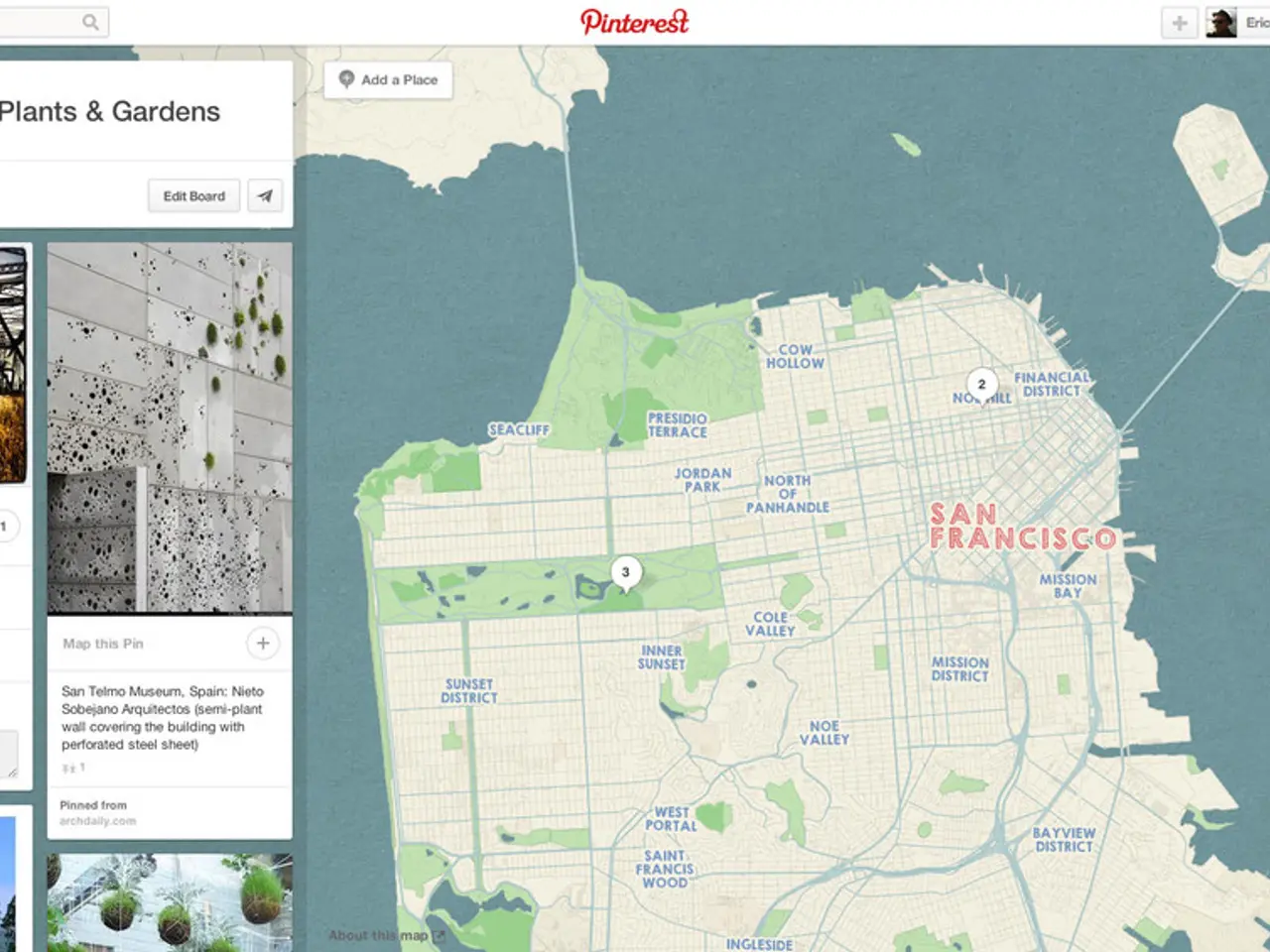Altered depictions of geography: impact of mapmaking on how we perceive the globe
In the realm of geography, map-making has been a subject of constant evolution and complexity. Recently, Alicia González, the deputy director of Cartography and Territorial Observation at the IGN, discussed the intricacies involved in this age-old practice.
At the heart of the discussion lies the difference between the Mercator and Equal Earth maps. The disparities between these two representations can be traced back to the challenge of representing a sphere in two dimensions. There exists no perfect mathematical solution for a three-dimensional representation to be passed onto a two-dimensional plane.
Another constraint comes with the type of projection used before putting the map on paper. Conformal projections, which preserve angles and shapes, penalize dimensions or distances. This conundrum has been a recurring theme throughout the history of cartography.
Technological evolution has indeed refined the process of creating maps, but it remains a complex issue. One of the main constraints is the scale of the map, defined by the level of detail required to represent the information on the territory.
Marcos Pavo, the chief area manager at the National Institute of Geography (IGN), delved into the evolution of cartography over the last centuries. He emphasised that our idea of the world may not be entirely accurate due to various constraints.
The oldest preserved maps date back to the Middle Ages. These maps, simple and circular, often had Spain represented upside down due to orientation from Arab merchants in the Indian Ocean. However, it's important to note that these maps were not necessarily upside down but oriented south to incorporate information from the Arab merchants.
The Mercator world map, created in the 16th century and widely used, distorts the representation of Africa, making it smaller than Greenland. This inaccurate representation has sparked a recent African initiative demanding a new world map. The African Union, consisting of 55 countries, has called for the Mercator world map to be changed.
The African Union advocates for the representation of the Equal Earth map, created in 2018. In this representation, Africa grows proportionally while Europe, Greenland, and North America shrink. This shift in representation aims to provide a more accurate portrayal of the world.
It's crucial to remember that the importance of maps lies not just in their accuracy but in their ability to help us navigate and understand our world. As Marcos Pavo rightly stated, "The important thing is always to know where you are, regardless of the map's accuracy." Despite the advancements in technology and the ongoing efforts to refine map-making, geographers and experts agree that it will be difficult for maps to be completely accurate.
In conclusion, the evolution of cartography has significantly influenced our perception of the world. From the Middle Ages to the present day, the way we represent ourselves on paper has evolved, and it continues to do so. The debate surrounding the Mercator and Equal Earth maps is a testament to this ongoing evolution and the quest for a more accurate representation of our world.








